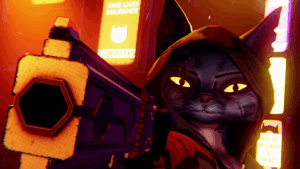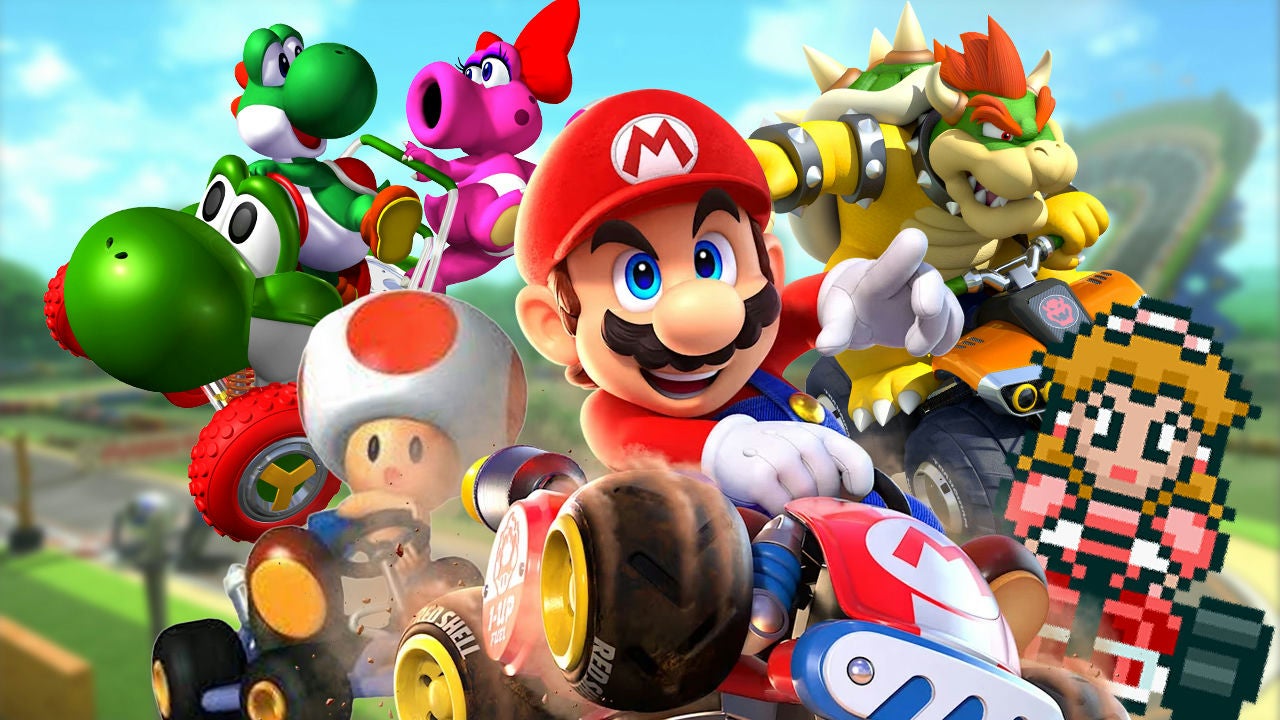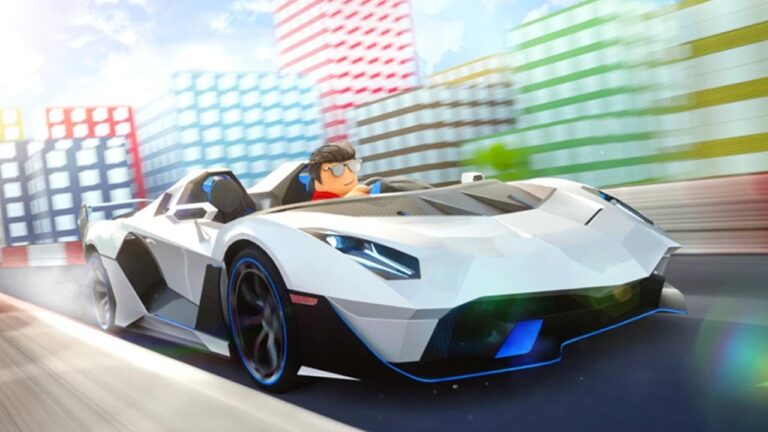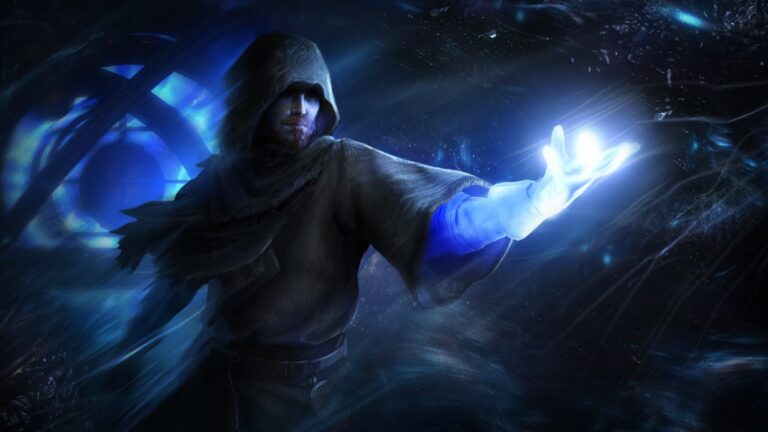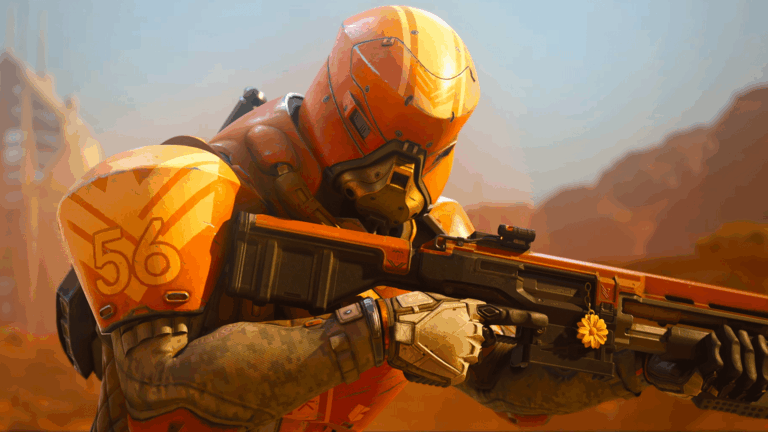
Introduction: The Iconic Legacy of Mario Kart
If you’re familiar with the world of gaming, chances are you’ve heard of Mario Kart. Since its debut in 1992, this beloved franchise has become a cornerstone of Nintendo’s lineup, exemplifying their philosophy of making games that are easy to pick up but difficult to master. Over the years, Mario Kart has grown so popular that it arguably surpasses the Mario platformers in cultural significance, serving as the primary way many players experience the red-capped plumber’s adventures.
The Origins and Evolution of the Series
The series started with Super Mario Kart on the Super Nintendo Entertainment System (SNES), establishing a gameplay formula that remains largely intact today. While the core mechanics have stood the test of time, each new entry has experimented with reinventing various components, culminating in the latest release, Mario Kart World for the Switch 2. With this new game now available, it’s an ideal moment to look back at every installment, analyzing how they each innovate on the formula, reflect Nintendo’s technological and creative trends, and whether they still hold up for modern players.
Ranking Every Mario Kart Game
11. Mario Kart: Super Circuit

Despite selling well, Super Circuit is considered one of the least replayable titles in the series. Coming five years after Mario Kart 64’s shift to 3D, it feels somewhat like a step backward. The character models and backgrounds show more depth than the original SNES version, but the courses suffer from flat, unattractive textures, underwhelming compared to what the GBA could achieve elsewhere.
The game’s main strengths were being the first Mario Kart on a handheld and offering quick, accessible gameplay suitable for on-the-go fun. Its limited character roster and simplified modes reflect a focus on immediate enjoyment rather than depth. Back in 2001, Super Circuit served its purpose but today offers little incentive for revisiting.
10. Mario Kart Tour

While some dismiss Mario Kart Tour as just a mobile game, it delivers genuine appeal. Its eye-catching visuals feature some of the most stunning course designs in the series, allowing players to appreciate intricate details on unlockable characters, karts, and tracks—bringing the experience closer than ever before. Even the slower 50cc races are engaging thanks to this visual richness.
The return of character-specific items, a feature long desired by fans, adds strategic depth reminiscent of the GameCube era. However, the game’s feel isn’t quite the same as the console versions; swiping on a touchscreen doesn’t match the tactile satisfaction of button presses, even if most actions are just tapping A, R, and L.
9. Super Mario Kart

Super Mario Kart’s groundbreaking gameplay formula has stood the test of time. It launched the franchise and even created an entire genre of kart racing games. The core modes—Grand Prix and Battle Mode—remain fun and engaging, a testament to its solid foundation.
Yet, from a modern perspective, its simplistic graphics and limited mechanical complexity show their age. Despite this, its influence on gaming history is undeniable, providing a platform for Nintendo’s continued success and innovation in racing games.
8. Mario Kart 64

Mario Kart 64 marked a major leap forward with its transition into 3D, offering dynamic camera angles, more intricate course designs, and an increased sense of speed through drifting. The detailed character animations made races feel more lively and competitive, elevating the experience into a spectacle.
However, in today’s gaming landscape, it’s beaten by more refined entries. Its unique qualities are overshadowed by later games, but its significance lies in pioneering multiplayer with four-player split-screen and establishing the series’ identity in 3D—elements that still resonate with fans today.
7. Mario Kart 7

Coming in at number seven, Mario Kart 7 introduced features that have become staples in later entries, such as hang gliders, underwater driving, and kart customization. These innovations added new layers of strategy and excitement, especially the underwater sections that showcased the 3DS’s capabilities.
Yet, when compared to the more advanced Mario Kart 8, many of these features feel less impressive. The game remains a key part of the 3DS library, offering fun and variety, but its lack of Waluigi—an odd absence—raises questions about Nintendo’s choices.
6. Mario Kart Wii

Mario Kart Wii solidified the franchise’s status as a household staple. The Wii’s broad audience and motion controls—especially with the Wii Wheel—made kart racing more accessible than ever. Many players had their first taste of Nintendo karting through tilt controls, a legacy that persists in modern versions.
The game is known for its chaotic gameplay, with rampant blue shells and unpredictable moments that keep players on edge. It also introduced online multiplayer and added bikes as a vehicle option, expanding the gameplay experience. These features helped make it one of the most memorable entries in the series.
5. Mario Kart 8

During the Wii U era, Nintendo’s approach was often considered safe or “vanilla,” and Mario Kart 8 was no exception. The game showcased stunning HD graphics and retained the core gameplay that fans loved, but it felt somewhat conservative. Anti-gravity mechanics were introduced but didn’t make a huge impact, while sections like gliding and underwater racing added some variety.
One downside was the stripped-down Battle Mode, which lacked depth compared to previous games. The game’s true potential was unlocked in the Deluxe version on Switch, which added more courses, characters, and modes. Still, Mario Kart 8 laid a solid foundation that future iterations built upon.
4. Mario Kart DS

Mario Kart DS stands out for its innovative approach, blending classic racing with bold experimentation. Its Mission Mode introduced objective-based challenges ranging from time trials to boss battles, adding depth beyond traditional laps. This mode has kept the game fresh long after its release.
The game also pioneered Download Play, enabling multiple DS consoles to race with just one copy, fostering social gaming. Featuring new courses like Waluigi Pinball and Peach Gardens, as well as retro tracks, it set a standard for future entries. Its blend of innovative single-player content and multiplayer features makes it a beloved classic.
Most Recent Breakthrough: Mario Kart World

As the latest addition, Mario Kart World pushes the series into new territory. It boasts the most stunning visuals in franchise history, with highly detailed, interconnected courses that bring the game world to life on handheld devices. Players can spot familiar tracks from afar, creating a nostalgic yet fresh experience.
Mechanically, it introduces exciting new skills like wall-driving and grinding on rails—features that surpass the anti-gravity mechanics of previous games. These skills add depth and challenge, especially in modes like Free Roam and Knockout Tour, which emphasize chaos and exploration. The game also reintroduces elements from Mission Mode and features a dynamic soundtrack, making it one of the most comprehensive Mario Kart experiences to date.
Near the Top: A Series That Continues to Innovate
Finally, at the very top of the list is Mario Kart 8 Deluxe. It exemplifies how Nintendo can take a solid game and elevate it to legendary status through improvements, expanded content, and refined gameplay. With its vast roster, nearly 100 courses, and ongoing support, it remains the definitive Mario Kart experience for fans worldwide.
Ryan Gaur is a freelance writer whose work spans publications like RollingStone, Empire, Polygon, IndieWire, and more. His passion for gaming history and design informs every review and ranking he crafts.

